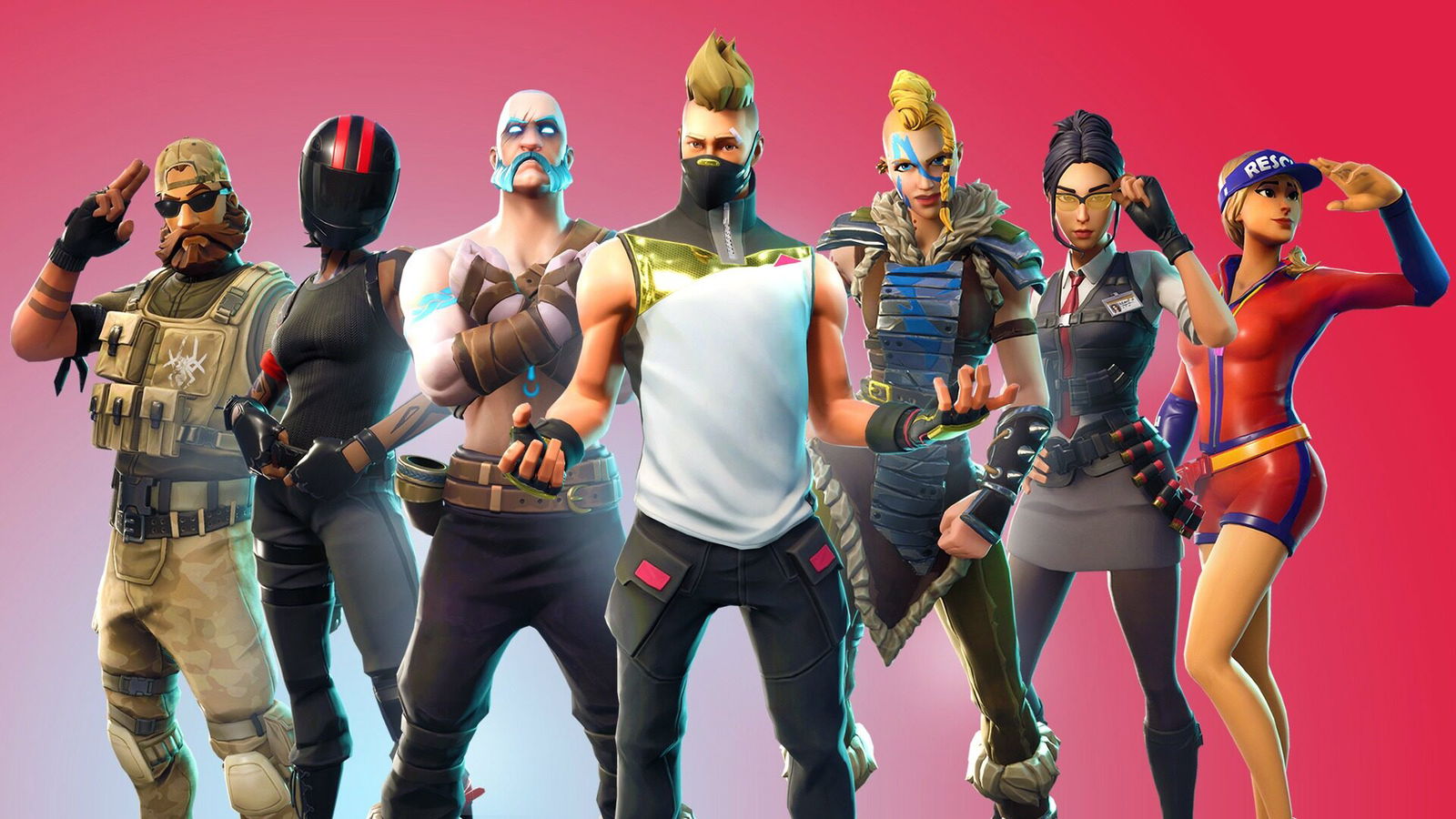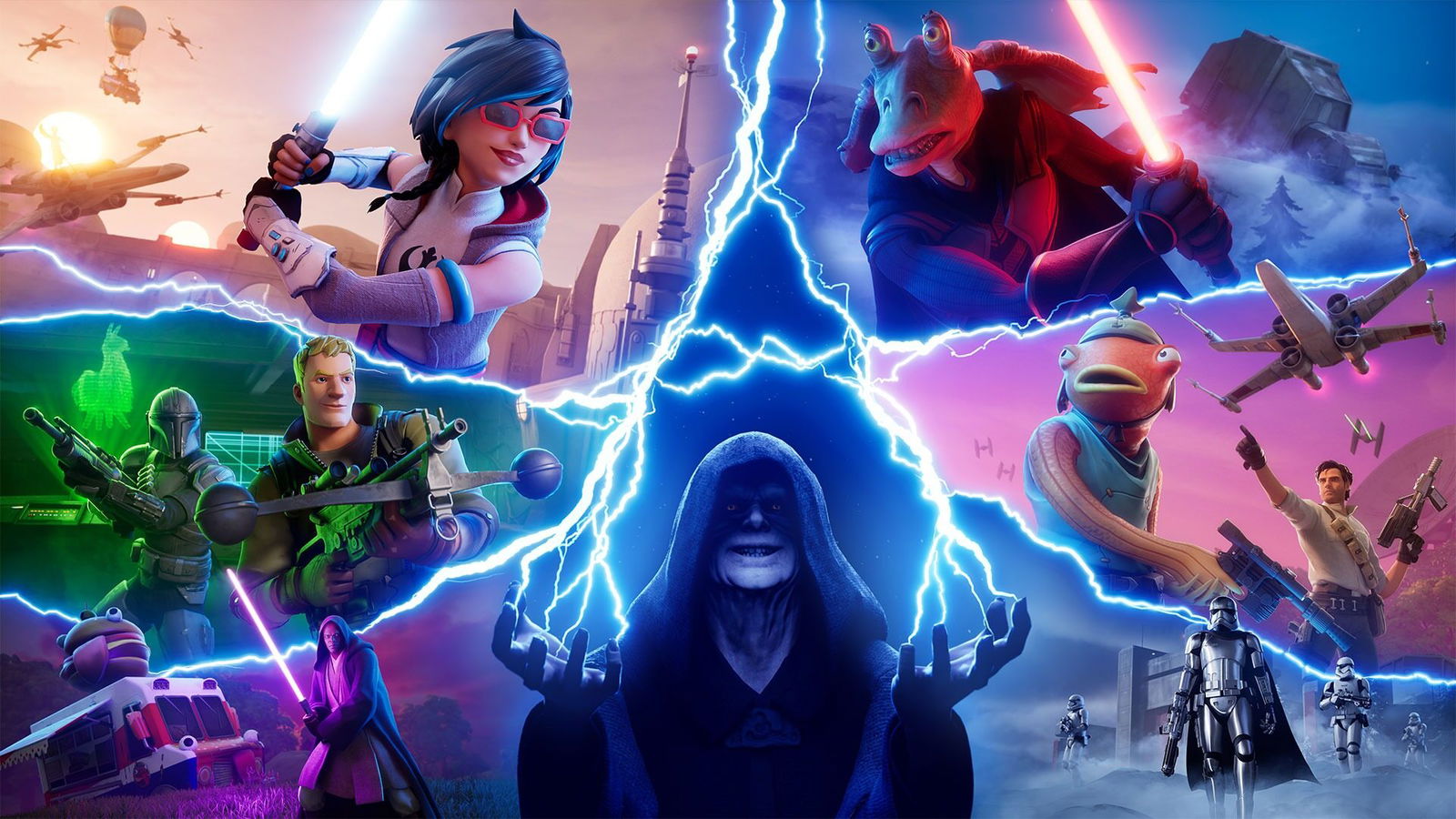If you’re familiar with online gaming, you’ll know that certain elements hold unique importance within specific game worlds. One of these is the concept of in-game assets. As the name suggests, in-game assets are digital items tied to individual gaming titles. These can include skins, gems, weapons, side characters and more.
In-game assets are so central to players’ identities that it’s rare to find a game without a strong selection of them. In this article, we’ll explore why these assets matter so much to the modern gaming experience.
Rewards

People play games for different reasons. For some, the thrill of victory and the camaraderie shared with fellow players are reward enough. For others, the prospect of material gain, such as earning in-game assets, is a major motivation.
Take card trading games, for example. These often offer players the chance to earn rare and valuable cards. That’s why some spend years building specific decks, hoping to collect ultra-rare cards that can eventually be sold. Another growing trend is the integration of crypto assets in gaming projects. In many cases, these assets can be used within the games themselves or traded for fiat currency. As a result, it’s not uncommon to see players using trusted crypto wallets to store their rewards and protect valuable digital assets. (Source).
The more popular the idea of offering in-game rewards becomes, the more it will be integral to the success of any new or even existing gaming project.
Expression of Personality

Outside of the promise of a reward, in-game assets can also be used as a way to express players’ personalities. This is especially true in games where avatars can be customized. Gaming skins and accessories mean that players can change their characters’ hair, skin tone, outfits, accessories, and so on. This is especially important because many players want to create avatars that mirror their real-life characteristics or are completely different. Aesthetics is a core part of gaming identity, and thus, in-game skins and accessories are a core way to communicate that to other players.
Gameplay Benefits
Not every in-game asset exists purely for aesthetic purposes. Some function as tools that make gameplay easier or more strategic. In action and strategy games, in-game assets can include weapons, building materials, maps, clues and more. In some cases, it’s nearly impossible to complete or succeed in a game without certain assets, and developers take this into account.
Players often research helpful in-game assets before starting, making them a key part of the gaming experience. As a result, these assets frequently appear in promotional materials to showcase their usefulness and appeal.
Branding
Because the gaming market is so saturated, many projects go to great lengths to stand out and attract players. Believe it or not, in-game assets often play a central role in these branding efforts. Fortnite skins, for example, have become instantly recognizable—even to those who don’t play the game. The same is true for the distinct visual styles of Minecraft and Roblox, both of which are vital to their marketing success.
In-game assets are essential to a game’s identity because they help brand the overall experience. From the earliest stages of development, creators aim to design assets that are unique to their ecosystem. As the gaming sector becomes increasingly crowded, the demand for exclusive, recognizable in-game assets will only continue to grow.

Endorsement
Beyond gameplay, virtual events have become increasingly common within gaming universes. Artists like Travis Scott and Tinashe have hosted full concert experiences inside games, using in-game assets to recreate the atmosphere of real-world performances. This includes the accessories and aesthetics assigned to celebrity avatars, as well as the interactive items available to players during the events.
There has also been a rise in season-specific content, such as Halloween or Christmas-themed items, which serve not only as marketing tools, but also as key elements in boosting player engagement. These limited-time assets help keep the in-game world dynamic and give players reasons to return regularly.
The In-Game Economy
Outside of players simply wanting rewards for themselves, many gaming projects are powered by virtual economies that see assets traded on various levels. These not only generate revenue for the games themselves but also raise the stakes of gameplay and keep players engaged for a long time.



